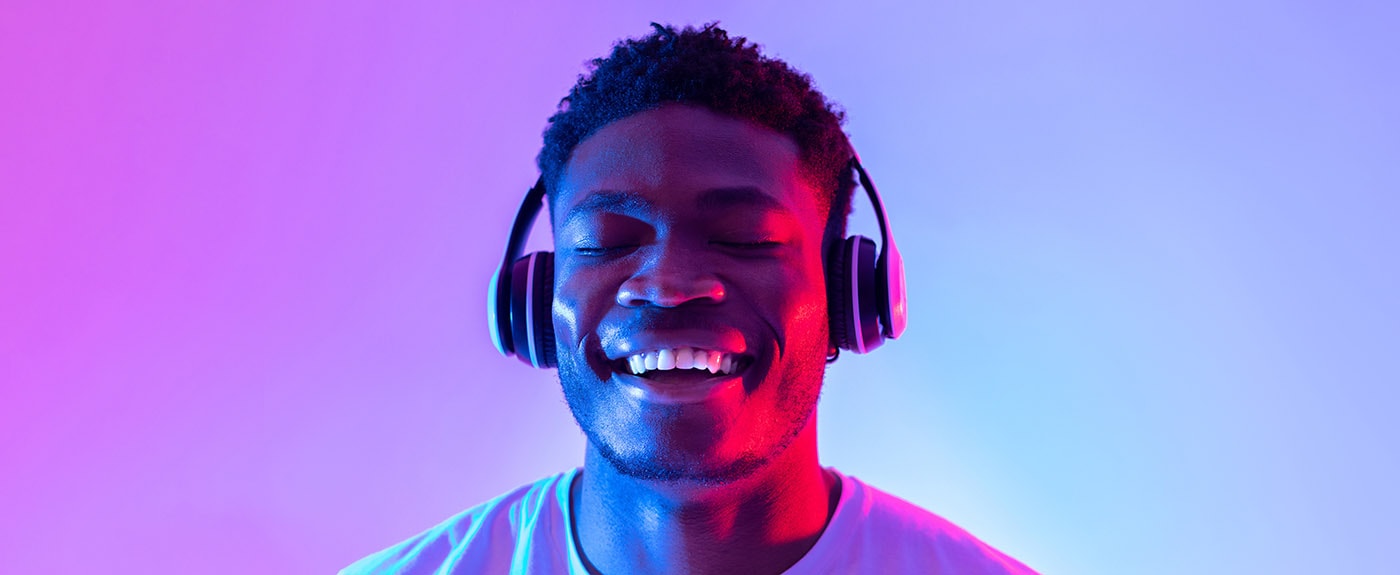Timing, the Brain, and Hearing
- Category: Coaches & Trainers

Why Telephone Coaching Is So Effective.
A BrainStyle defines the way our brain processes unfamiliar, incoming information most efficiently. When we access our “left brain” and “right brain,” obviously there is much more going on than merely thinking, or cognitive processing, of facts and feelings. Sensory input arrives in the billions of bits. We recognize, sort, distill, associate, give words and thoughts to an event as we interpret the meaning, emote, label, and then, whew, decide what to say or do about it.
The following post furthers our understanding of timing and brain processing of incoming stimuli. Sight and sound are processed at different speeds by different parts of the brain, which must be compiled by the brain to give an understanding of what is going on around us.
Thinking takes place at about sixty miles per hour in the multi-trillion-synapse computer sitting between our two ears. Registering incoming sights and sounds takes much less time than figuring out what to do with the information.

Timing, the Brain, and Hearing: Why Telephone Coaching Is So Effective. BrainStyles Timing at Work.
*From an article, “Scientists study how senses help the brain fill perception gaps to give meaning to events,” Dallas Morning News.
Timing and Hearing. “Recent experiments suggest the ears can sometimes fool the eyes. Vision is often the dominant sense in resolving discrepancies in perception. But biologists at the California Institute of Technology recently demonstrated that this is not always the case.
‘In one experiment, researchers flashed an object rapidly on a computer screen. If the flashes were close enough together – within .03 of a second – people couldn’t tell whether there was one flash or several. But if a beep sounded at the same time, the sound influenced how many flashes the viewers thought they saw. This is because when you must choose what the truth is about what you saw vs. what you heard, you’ll pick what you saw. When you have to choose the truth between two events that happened close together (did the blue car hit the red car first or vice versa?), hearing wins.
The ears are better at resolving things that happen close together in time,’ according to S. Shimojo, head of the lab at Cal Tech. Shimojo adds, “In the space domain, vision is better than audition, so typically dominates. But the TIME domain, just as exemplified in speech perception, hearing resolution is better than vision.” He adds that hearing may be as much as ten times better at resolving events that happen very close together in time.”
What you hear in new learning situations — explanations — trump the images. What people say at those times can override what they see.
You may have noticed that conversations by phone are far more fruitful than talking face-to-face when you need to get a job done or focus on a topic.
BrainStyles facilitator Linda Bush comments, “This might explain partially why telephone coaching seems to be so much more effective and efficient than in-person coaching, where the visual cues obscure the message or bring up related topics that take the receiver and the coach far afield during a coaching discussion.”
We resort to auditory clues when trying to figure out what the boss/spouse/client is “really” saying. This can happen anytime what we see gives confusing messages, say, facial expressions vs. body language.
This is our unconscious way of assessing and developing trust for other people: we look for congruence.
In new or learning situations, we will initially use what we hear as the “truth” over what we see.

